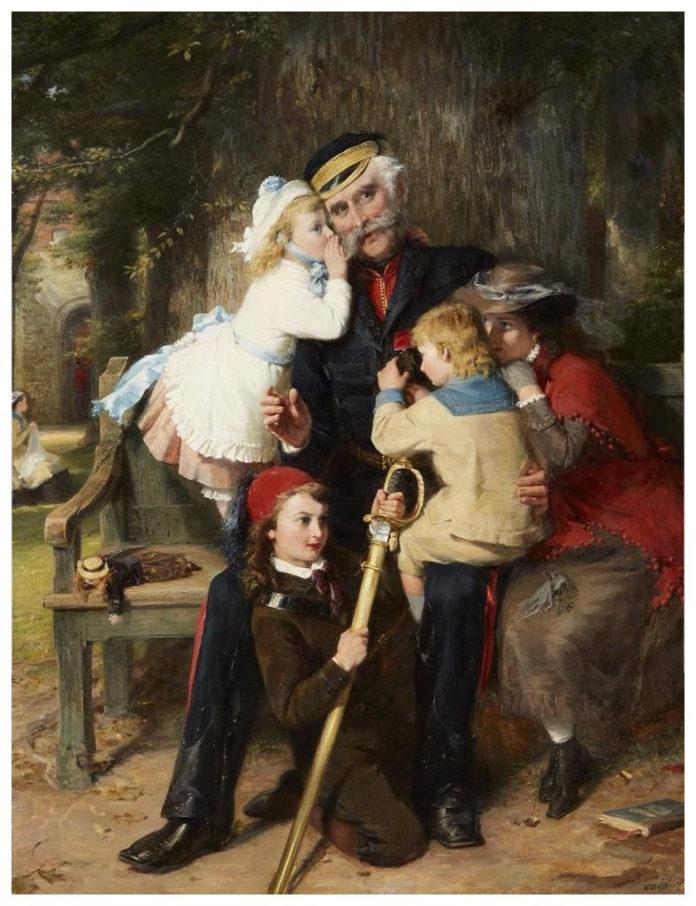Doesn’t Victorian painting have such a high degree of charm and sentiment? Indeed, during the reign of Queen Victoria (1837-1901), British painting was characterized by many different styles of painting, many of which are currently enjoying renewed appreciation, says this accomplished expert.
In anticipation of Freeman’s January 23 European Art & Old Masters sale, department head David Weiss took the opportunity to muse on the renewed appreciation for the diverse works of the Victorian period in Britain, which included the Pre-Raphaelite, Classical Revivalist, and Aesthetic movements.
“Buoyed in part by a number of significant British and American museum exhibitions,” writes Weiss, “major Victorian Art auctions in the 2000s and an acknowledgment of its being undervalued as a collecting category, British narrative painting and its aims of representing the real, rather than the idealized world is experiencing a small comeback in the market — particularly for its top practitioners.
“Words that spring to mind when collectors think of traditional British Victorian pictures often include: sweet, lyrical, tender, charming and fanciful…with an added dose of moral overtone for good measure. In stark contrast to the cerebral, movement-oriented nature of non-representational contemporary art, much of Victorian painting is generally easy to read, easy to understand and very digestible; qualities that have made it too dismissible for the art cognoscenti.
“Still, finely painted examples are noteworthy, and Freeman’s auction of European Art & Old Masters on January 23 features a variety of 19th century genre paintings, including a number of British oils that tell a story; or at the very least, encourage the viewer to enter the picture space and witness the goings on amongst the figures depicted. Despite being dismissed by critics for sentimentality, the charm and bright storytelling of the Victorian painting is undeniable.
“Warmth and good spirits are fully on display in George Sheridan Knowles’s painting ‘A Love Song’ (Romance), while Charles Hunt’s ‘All the Fun of the Fair’ is a visual potpourri of dozens of Victorian figures engaged in all manner of activity on a sunny English day. The flower gathering women in Henry John Yeend King’s ‘Gathering Flowers’ maintain an almost distant, far away gaze, absorbed in thought, and in stark contrast to the sheer joy and affection conveyed between a grandfather — a retired military man — and his doting grandchildren, in the entendre-rich ‘The Father of the Regiment’ by George Bernard O’Neill.”
To learn more, visit Freeman’s.
This article was featured in Fine Art Today, a weekly e-newsletter from Fine Art Connoisseur magazine. To start receiving Fine Art Today for free, click here.








